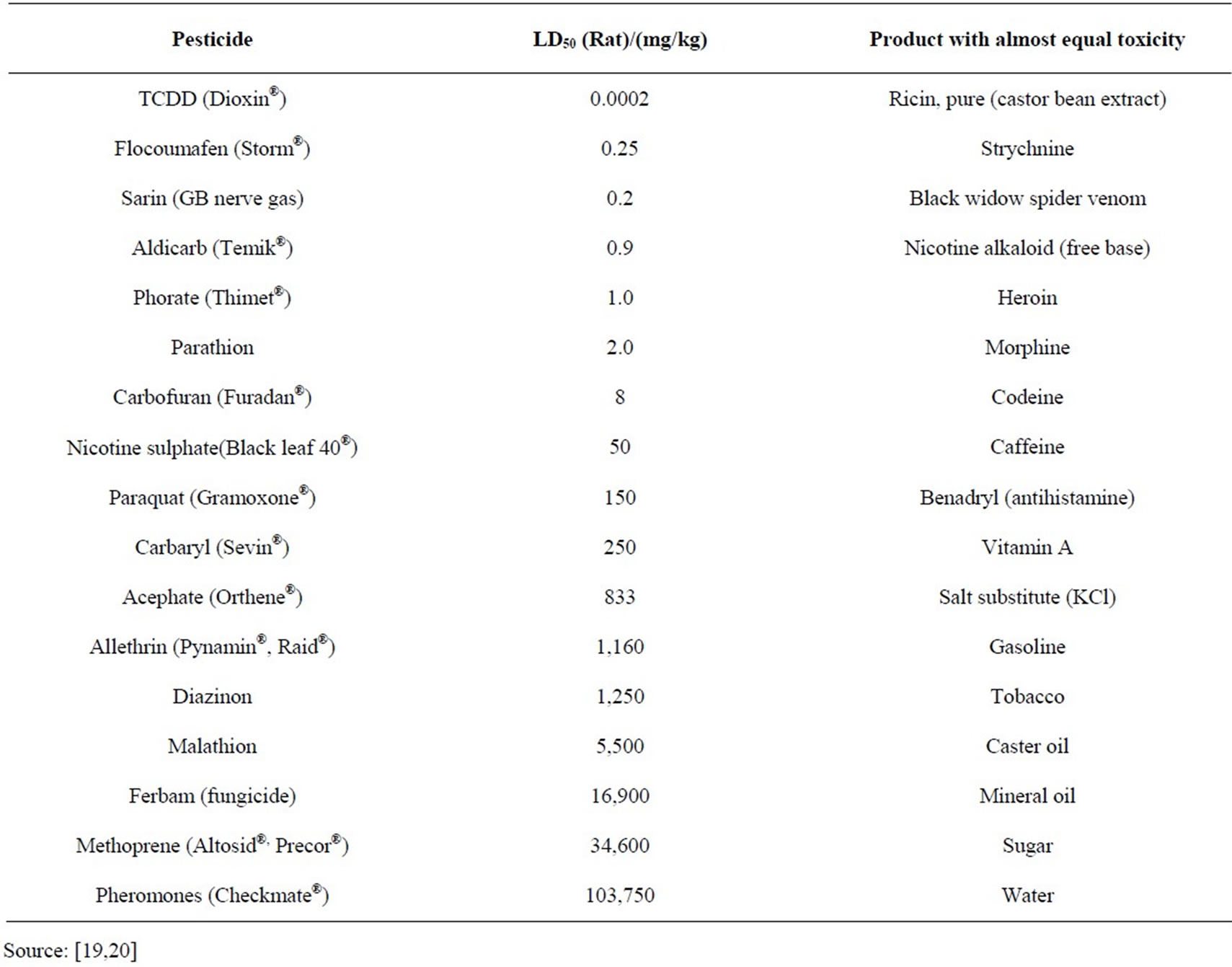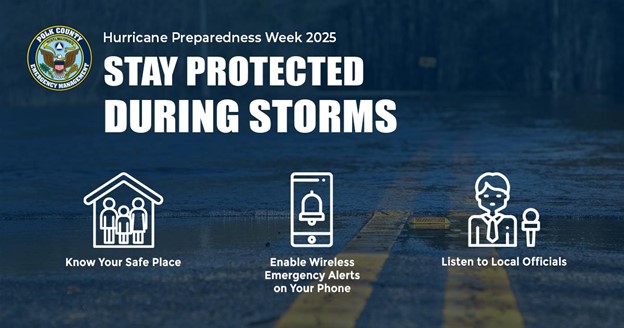Report on Water Conservation Measures in Jackson County, N.C.
Executive Summary
The Tuckaseigee Water and Sewer Authority (TWSA) has issued a request for water conservation among residents of Jackson County. This measure is a direct response to significant water treatment challenges arising from environmental degradation caused by recent severe weather, including Tropical Storm Helene. The challenges have impacted the production of potable water, necessitating both immediate public action and long-term infrastructure solutions. This report analyzes the situation through the lens of the United Nations Sustainable Development Goals (SDGs), highlighting the interconnectedness of environmental health, community resilience, and sustainable water management.
Analysis of Water Quality and Supply Challenges
The primary issue facing the TWSA is not a shortage of raw water but a diminished capacity to treat it to potable standards. The core problems stem from storm-induced damage to the local river ecosystem.
- Ecosystem Degradation: Heavy rainfall washed away critical filtering vegetation along the Tuckaseigee River, leading to severe scouring of the stream banks.
- Increased Contamination: The loss of vegetation and bank stability results in higher turbidity. Soil, rocks, and fine particles now enter the water source with even minimal rainfall.
- Altered Water Chemistry: Increased sunlight exposure on the now-unprotected river promotes biological activity, including algae growth, which complicates the treatment process.
- Operational Impact: These variable and poor raw water conditions require constant adjustments to the treatment protocol. When adjustments are unsuccessful, the plant must temporarily halt the distribution of water to the system, thereby depleting reserves in storage tanks.
Strategic Alignment with Sustainable Development Goals (SDGs)
The challenges and responses in Jackson County directly correlate with several key Sustainable Development Goals, demonstrating a local-level application of global sustainability principles.
SDG 6: Clean Water and Sanitation
This situation is a clear illustration of the challenges in achieving SDG 6. The community’s access to safe and reliable drinking water (Target 6.1) has been compromised by environmental factors. The response aligns with several targets:
- Sustainable Water Management: The call for conservation is a direct action to increase water-use efficiency and ensure sustainable withdrawals and supply of freshwater (Target 6.4).
- Water Quality Improvement: The difficulties in the treatment process underscore the importance of protecting water sources to improve water quality by reducing pollution (Target 6.3).
- Infrastructure Investment: The ongoing plant upgrade is a critical investment in water-related infrastructure essential for achieving universal access to clean water.
SDG 11: Sustainable Cities and Communities
The water supply issue impacts the resilience and safety of the Jackson County community, linking directly to SDG 11.
- Resilient Infrastructure: The current vulnerability highlights the need to build resilient infrastructure. The $4 million upgrade to the Cullowhee plant is a strategic investment to reduce the community’s vulnerability to water-related disasters and ensure access to basic services (Target 11.5).
- Community Safety: Maintaining adequate water levels in storage tanks is crucial not only for domestic and commercial use but also for essential services like fire protection, a cornerstone of a safe and sustainable community.
SDG 13: Climate Action & SDG 15: Life on Land
The root causes of the water crisis are tied to climate and environmental health.
- Climate Action (SDG 13): The impact of an intense storm (Helene) and “one of the hottest periods of time on record” points to the local effects of climate change. The infrastructure upgrades represent a key climate adaptation measure, strengthening resilience to climate-related hazards (Target 13.1).
- Life on Land (SDG 15): The initial problem—the destruction of filtering vegetation and scouring of stream banks—is a matter of freshwater ecosystem health. This underscores the need to protect and restore water-related ecosystems to ensure their capacity to provide essential services like water filtration (Target 15.1).
Mitigation Strategies and Future Outlook
Immediate Actions: Public Conservation
TWSA has emphasized that “every drop really does count” and has requested the public to adopt simple conservation habits. These efforts are reportedly successful in helping replenish the potable water supply in storage tanks.
- Turn off water while brushing teeth.
- Combine loads of laundry.
- Avoid letting water hoses run unnecessarily.
Long-Term Solution: Infrastructure Upgrade
A permanent solution is underway with a major upgrade to the TWSA’s Cullowhee plant, funded by the American Rescue Plan and Infrastructure Law. The project, which is halfway complete and expected to be online by January, will add significant water storage capacity. This will provide a larger buffer, allowing the system more time to recover during periods of treatment plant shutdown and ensuring a more resilient water supply for the future.
Analysis of Sustainable Development Goals in the Article
1. Which SDGs are addressed or connected to the issues highlighted in the article?
- SDG 6: Clean Water and Sanitation – The core of the article focuses on the challenges of providing clean, potable water, the need for water conservation, and infrastructure upgrades to the water system.
- SDG 9: Industry, Innovation and Infrastructure – The article mentions a significant financial investment in upgrading the local water treatment plant to improve its resilience and capacity.
- SDG 11: Sustainable Cities and Communities – The issues discussed, such as ensuring a stable water supply for domestic use and fire protection, are crucial for the safety and sustainability of the Jackson County community.
- SDG 13: Climate Action – The problems with the water supply are directly attributed to extreme weather events, including “Helene rain” and “one of the hottest periods of time on record,” highlighting the community’s vulnerability to climate-related hazards.
- SDG 15: Life on Land – The article explicitly states that the rain “washed away lots of filtering vegetation along the river” and that “stream banks have been scoured,” pointing to the degradation of local freshwater ecosystems.
2. What specific targets under those SDGs can be identified based on the article’s content?
- Target 6.1: By 2030, achieve universal and equitable access to safe and affordable drinking water for all.
- The article highlights a disruption to this access, as the Tuckaseigee Water and Sewer Authority (TWSA) struggles to keep levels of “potable water” in their tanks, forcing them to ask residents to conserve.
- Target 6.3: By 2030, improve water quality by reducing pollution, eliminating dumping and minimizing release of hazardous chemicals and materials, halving the proportion of untreated wastewater and substantially increasing recycling and safe reuse globally.
- The article describes a decline in raw water quality due to “more algae grows” and “soil and rocks, and fine particles that can get in the water,” which complicates the treatment process.
- Target 6.4: By 2030, substantially increase water-use efficiency across all sectors and ensure sustainable withdrawals and supply of freshwater to address water scarcity.
- TWSA’s public call for conservation measures like “Turn off the water when you’re brushing your teeth” and combining laundry loads is a direct effort to increase water-use efficiency among residents.
- Target 6.6: By 2020, protect and restore water-related ecosystems, including mountains, forests, wetlands, rivers, aquifers and lakes.
- The article identifies the root cause of the water quality issue as the loss of “filtering vegetation along the river” and scoured “stream banks,” indicating a damaged water-related ecosystem in need of restoration.
- Target 9.1: Develop quality, reliable, sustainable and resilient infrastructure… to support economic development and human well-being.
- The article details the ongoing upgrades to TWSA’s Cullowhee plant, funded by “$4 million from the American Rescue Plan and Infrastructure Law,” which are designed to “add more storage for water” and create “more of a cushion,” thus building more resilient infrastructure.
- Target 11.5: By 2030, significantly reduce the number of deaths and the number of people affected and substantially decrease the direct economic losses relative to global gross domestic product caused by disasters, including water-related disasters, with a focus on protecting the poor and people in vulnerable situations.
- The entire situation is a response to a water-related disaster (post-Hurricane Helene effects). The conservation measures and infrastructure upgrades are actions to mitigate the impact on the community, including ensuring water for “fire protection.”
- Target 13.1: Strengthen resilience and adaptive capacity to climate-related hazards and natural disasters in all countries.
- The water crisis was triggered by “Helene rain” and exacerbated by “one of the hottest periods of time on record.” The response, including infrastructure upgrades and conservation policies, represents an effort to adapt to and build resilience against these climate-related events.
- Target 15.1: By 2020, ensure the conservation, restoration and sustainable use of terrestrial and inland freshwater ecosystems and their services.
- The article’s description of scoured stream banks and the loss of filtering vegetation directly relates to the degradation of an inland freshwater ecosystem (the river) and the loss of its natural water purification services.
3. Are there any indicators mentioned or implied in the article that can be used to measure progress towards the identified targets?
- Indicator 6.1.1: Proportion of population using safely managed drinking water services.
- This is implied by the statement that levels of “potable water they can keep in their tanks have fallen,” indicating a decrease in the reliability of safely managed drinking water services. Progress would be the restoration of a consistent, full supply.
- Indicator 6.3.2: Proportion of bodies of water with good ambient water quality.
- The article implies a decline in this indicator by describing increased “biological activity,” “algae,” “soil and rocks, and fine particles” in the river water, which necessitates a “different treatment process.”
- Indicator 6.4.1: Change in water-use efficiency over time.
- The call for conservation and the statement that “the conservation efforts are paying off” suggest a direct attempt to influence and measure water-use efficiency at the consumer level.
- Indicator 6.6.1: Change in the extent of water-related ecosystems over time.
- The mention of Helene having “washed away lots of filtering vegetation along the river” serves as a baseline measurement of damage to this ecosystem. Future restoration efforts could be measured against this.
- Indicator 9.1.1: Proportion of the rural population who live within 2 km of an all-season road. (Proxy for infrastructure investment).
- While not about roads, the article provides a specific financial figure for infrastructure investment: “$4 million… for upgrades to TWSA’s Cullowhee plant.” This investment is a direct indicator of progress toward building resilient infrastructure. The completion of the project (“will be online in January”) is another key progress marker.
- Indicator 11.5.2: Direct economic loss, number of affected people and deaths from disasters per 100,000 people. (Adapted for local context).
- The article implies an impact on the entire service area of TWSA. The success of conservation efforts and infrastructure upgrades can be measured by the reduced need for such emergency measures in the future, thus reducing the number of people affected by similar events.
- Indicator 13.1.2: Number of countries and local governments that have adopted and implemented local disaster risk reduction strategies.
- The actions of the TWSA—issuing conservation orders and undertaking long-term infrastructure upgrades in response to a climate event—can be considered the implementation of a local disaster risk reduction strategy.
4. Summary Table of SDGs, Targets, and Indicators
| SDGs | Targets | Indicators Identified in Article |
|---|---|---|
| SDG 6: Clean Water and Sanitation | 6.1: Achieve access to safe and affordable drinking water. 6.3: Improve water quality. 6.4: Increase water-use efficiency. 6.6: Protect and restore water-related ecosystems. |
– Decreased levels of “potable water” in tanks. – Increased “algae,” “soil,” and “fine particles” in the river. – Public calls to “conserve water” and reports that “conservation efforts are paying off.” – Loss of “filtering vegetation along the river.” |
| SDG 9: Industry, Innovation and Infrastructure | 9.1: Develop quality, reliable, sustainable and resilient infrastructure. | – Investment of “$4 million… for upgrades to TWSA’s Cullowhee plant.” – Project to “add more storage for water” to create a “cushion.” |
| SDG 11: Sustainable Cities and Communities | 11.5: Reduce the impact of water-related disasters on communities. | – Conservation measures to protect water supply for “domestic and commercial use as well as fire protection.” |
| SDG 13: Climate Action | 13.1: Strengthen resilience and adaptive capacity to climate-related hazards. | – Water issues are a direct result of “Helene rain” and “hottest periods of time on record.” – The response (conservation, infrastructure upgrades) is a local strategy to adapt to these hazards. |
| SDG 15: Life on Land | 15.1: Conserve and restore terrestrial and inland freshwater ecosystems. | – Description of “stream banks” being “scoured” and vegetation being “washed away.” |
Source: wlos.com







